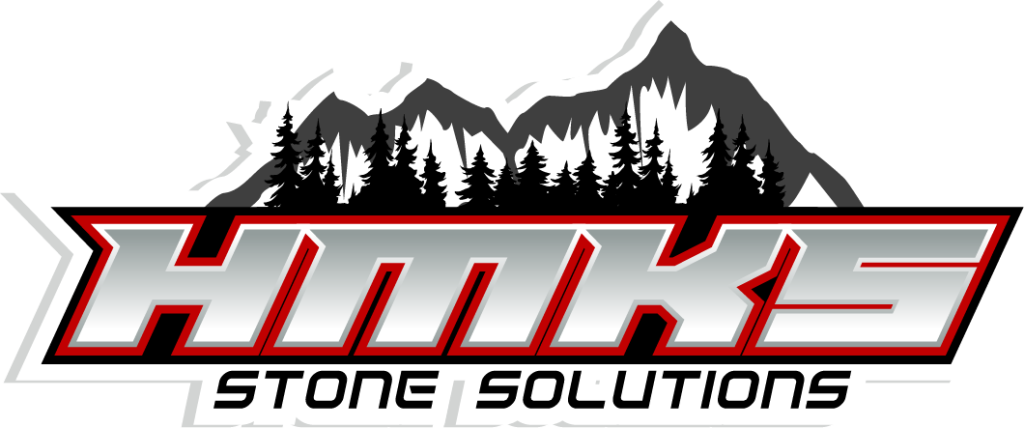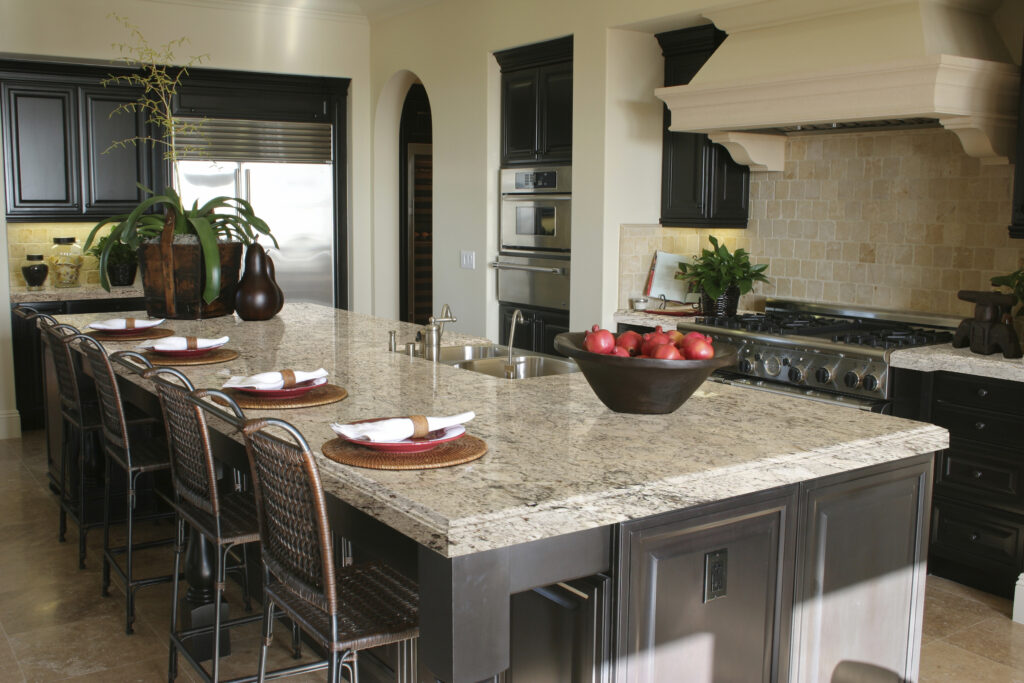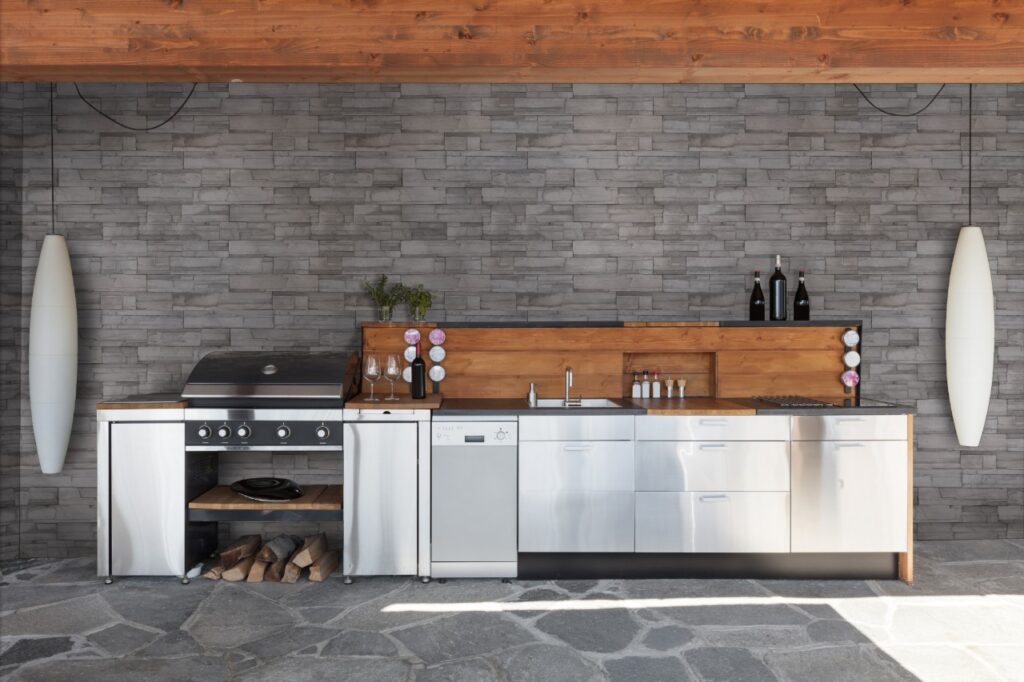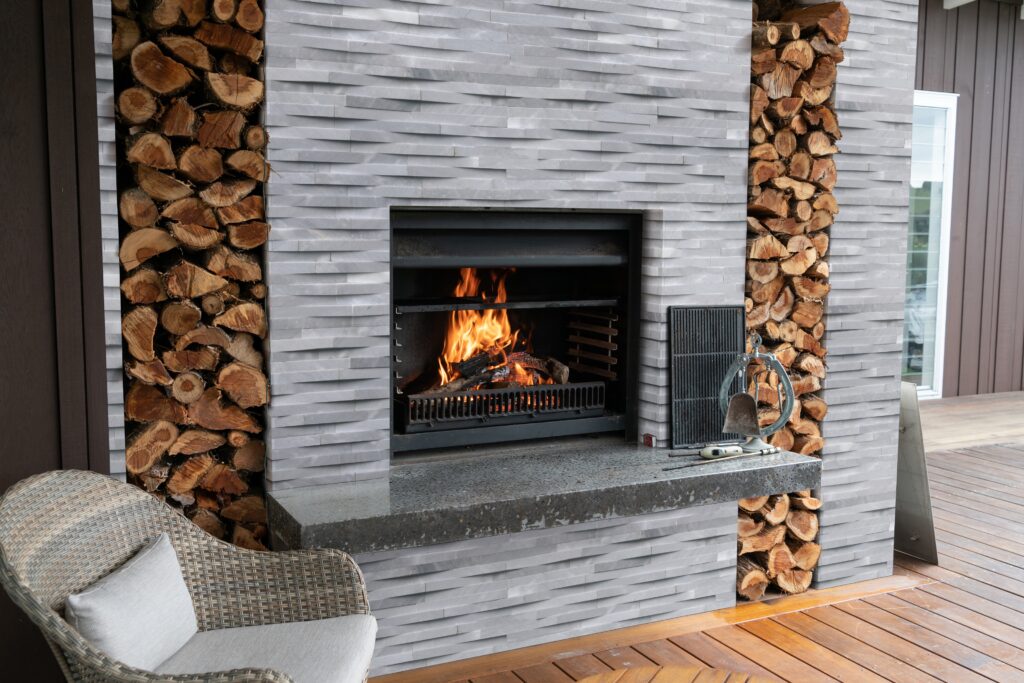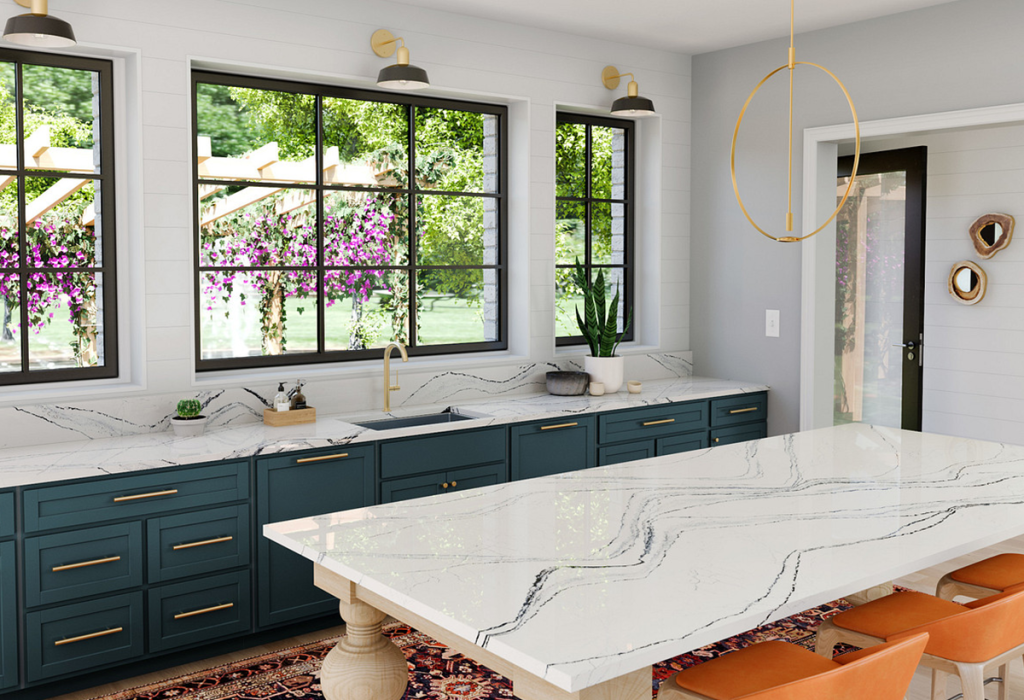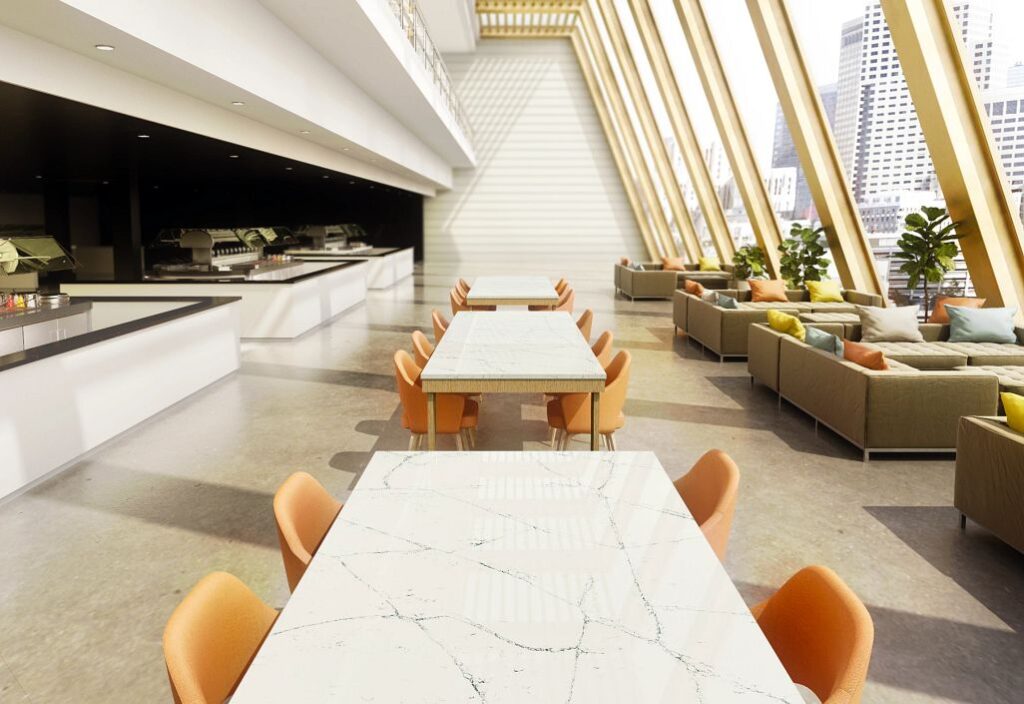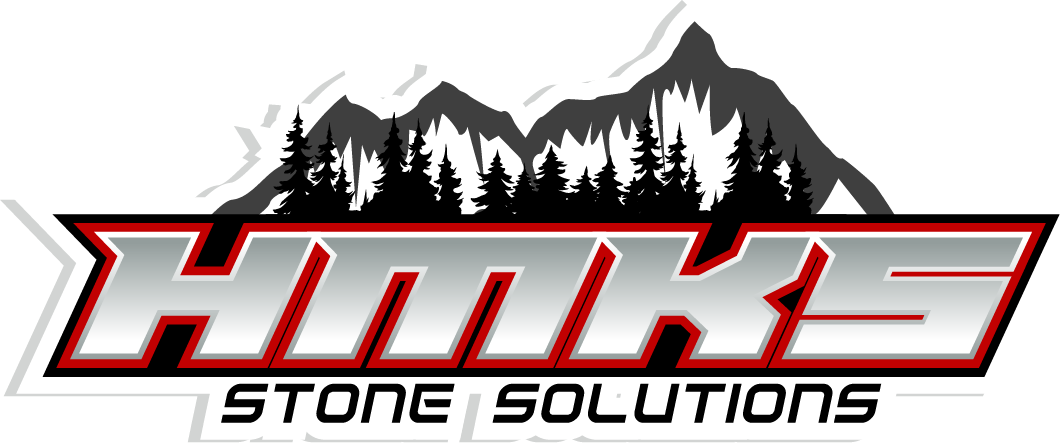
Granite Care & Maintenance
Proper stone care and maintenance is to understand your stone’s geological classification and composition. The information in this guide will help you to identify what cleaning products to use and how to maintain your natural stone countertops and backsplash, shower walls, tub surrounds and/or floors.
Granite countertops are popular for today’s home owners thanks to their richness, depth and incredible performance. As well as Granite is nearly impervious to abrasions and stains and its hardness is only second to the diamond.
